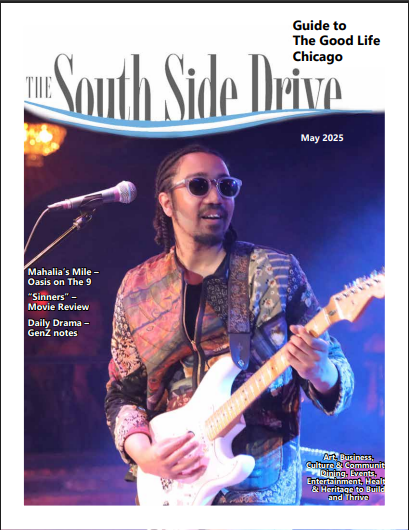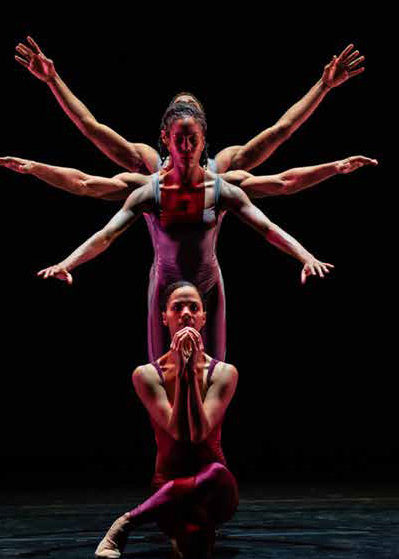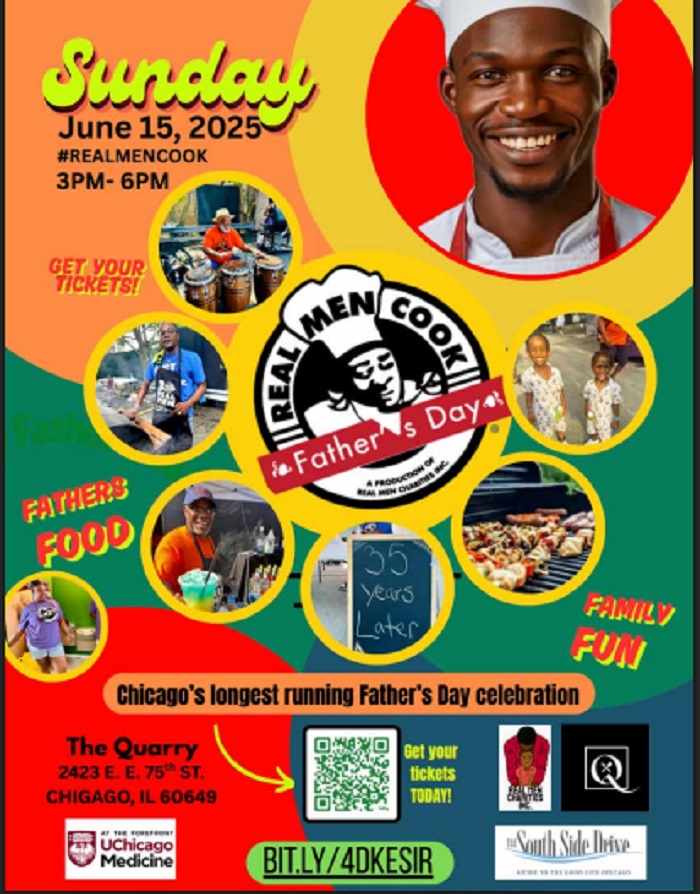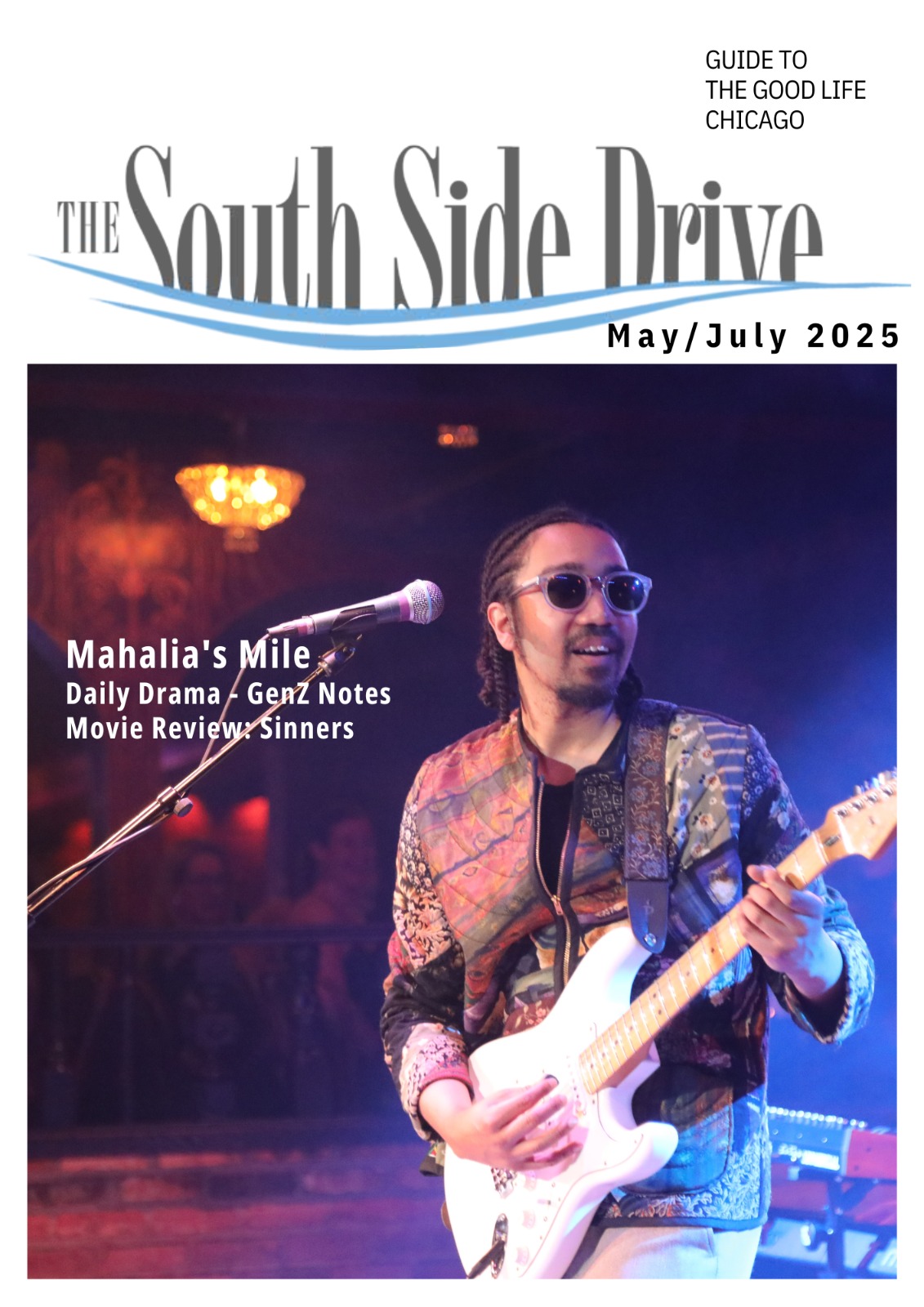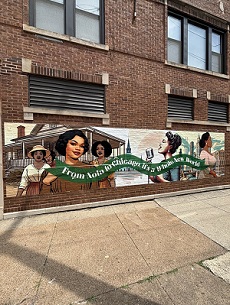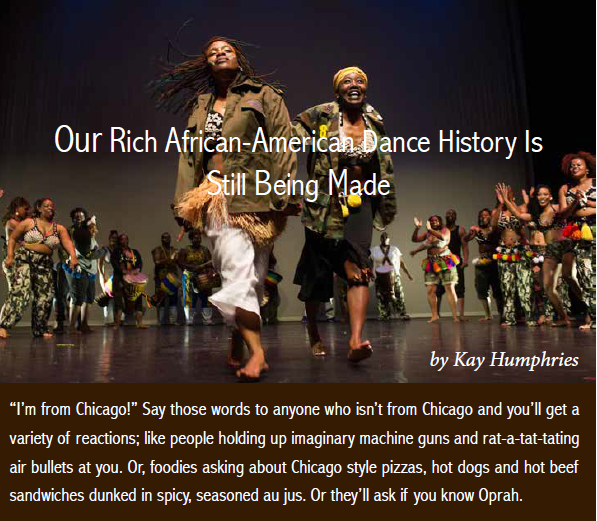
But, what is less expected is the reaction from out-of-towners who associate Chicago with all kinds of dance. The city’s history is steeped in the rhythm of dance … and the more obscure Black counterpart of that history is even richer.
Humphries … are just a few of the renowned African-American choreographers who raised generations of Black children in the tradition of tap, ballet, jazz and Afro-Cuban dance. In the 50s and 60s – before integration –dance lessons Were a customary part of growing up in the hood … and provided the social and cultural outlets that helped shape Black boys and girls into poised, well-rounded young adults. Plus, the Black dance schools produced shows that were legendary.
Another well-recognized Chicago dance style is “steppin’” –– not to be confused with the step shows put on by fraternities and sororities. Just the mention of the word steppin’ in relation to “Chicago,” will set people from elsewhere, a-humming some romantic, easy-beat song – usually Luther … and a-dancin’, with their impromptu version of some intricate, slick footwork, fancied up by personal flourishes. And they’ll assume an attitude of aloof assurance, pivotal to punctuating the illusion of an effortless glide on the floor.
As Gen-Xers age up, more and more are joining the Steppin’ Movement. There’s a real romance to the dance that people yearn for, as well as a chance to live out their suave or glamorous alter egos, with all the allure they feel inside . Steppin’ sets (parties/events) provide a chance to dance and get one’s sensual mojo back. Women in DRESSES and HEELS move seductively; responsively to the lead of their partners … while stylishly dressed men exhibit the art and mastery of knowing what they want a woman to do on the dance floor … and knowing how to lead her into doing it. The communication is non-verbal and intimate – like a private language shared only by the two.
Put all these variables in the mix to simmer in Chicago Style and it comes out “smokin’” like everything else this city does.
At the opposite end of the dance spectrum, is “Footwork”, a freestyle expression of the House Music that influenced the dance. Also born in Chicago. Footwork is a series of fast, impulsive movements, dictated by the whim of the dancer and the beat of the music. Chance the Rapper, a Chicago native, was famously a part of the Footwork culture, which still exists. However, insiders and those they inform, know when, where and how to access the milieu, while outsiders are left to rely on the kindness of House worshippers – if you know who they are.
And as obscure as Footwork followers might be to the uninitiated, consider the world famous line dances that have become staples at family reunions and wedding receptions. Birthed in Englewood on Chicago’s South Side by D.J. Casper, the Casper or Cha-Cha Slide, has been featured in major movies and competitions all over the world. It has become the universal dance for those without partners, those who love the call and response of the DJ calling out the steps, and allowing the dancer to add their own flair.
Of all the less desirable things that might plague our city, Chicago dance is one of the things that set us apart … and the illustrious dance history of this culturally important town, is being made every day. What a welcome relief to be from a city that’s has a dance legacy that attests to the uniqueness and the richness of Chicago.
There’s Ayodele Drum and Dance, founded by T. ‘Ayo’ Alston. Ayodele is a Yoruba word meaning “Joy in the home,” and is now “a diverse sister-circle of performing artists committed to studying and performing drum and dance as a healing element.” This amazing dance troupe has grown from a circle of seven to over twenty Queens who use African drum and dance to educate and motivate young women and children.
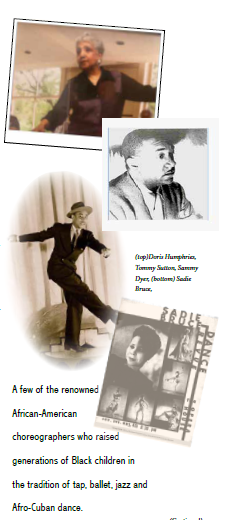
The Chicago Multi-Cultural Dance Center (CMDC) states that its mission is to offer the highest quality dance instruction in an environment that celebrates the diversity of its students and the community. The Center’s Founder and Artistic Director of 25 years, Homer Bryant, strives to change lives through dance, providing a safe and welcoming environment for students of “all abilities and socioeconomic backgrounds to pursue serious dance training.”
The Deeply Rooted Dance Theater states as its mission “to re-imagine and diversify the aesthetics of contemporary dance by brining together modern, classical, American and African-American traditions in dance and storytelling,” further stating that “through its uncompromising pursuit of excellence Deeply Rooted seeks to demonstrate how art and beauty play a transformative role in Chicago, the nation and the world.”
This phenomenal dance theater was co-founded and established in 1995 by Creative Director, Kevin Iega Jeff and Associate Artistic Director Gary Abbott, as well as LaVerne Alaphaire Jeff, Diane Shober and Linda Spriggs. The theater group made its public debut in 1996.
The motto of Forward Momentum Chicago is “Dancing toward the future.” Committed to providing quality dance education programs to schools and communities with limited arts access, Forward Momentum Chicago states that its “programs are designed to not only increase dance skills and awareness, but to foster creativity, critical thinking and social emotional learning,’ reaching all ages and ability levels with a variety of dance experiences from classroom residencies to formal studio training. Forward Momentum was founded by Executive Director Pierre Lockett who most recently served as the Director of Community Engagement with the Joffrey Ballet.
Joel Hall Dancers & Center states as its mission “to enrich
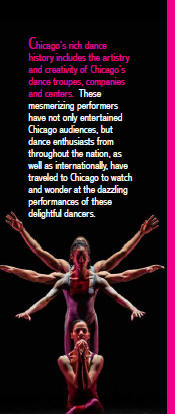
the lives of our community through dance education and performance.” Their focus, they say, is to “develop Chicago’s native talent pool in a welcoming environment that celebrates multiculturalism and ethnic diversity.” And they note that they have achieved a reputation as a quintessential American Contemporary Urban Jazz Ballet Company – sophisticated and accessible. Joel Hall, who founded the Joel Hall Dancers and Centers in 1974, has dedicated his life to the development of what he calls Urban Jazz Dance, a method that translates life experience through dance.
Muntu Dance Theatre of Chicago derives its name from “muntu” in the Bantu language, which means “the essence of humanity.” Founded in 1972, the Chicago-based Muntu Dance Theatre performs authentic and progressive interpretations of contemporary and ancient African and African-American dance, music and folklore, bringing its audiences out of their seats and into the aisles with its unique synthesis of dance, rhythm and song. The Executive Director, Sekou “Tepaka Lunda” Conde is respected worldwide as an education and djembe player and has dedicated his life to the progression and preservation of African culture and folklore.
Founded in 1979 NAJWA Dance Corps is a company of professional dancers and musicians dedicated to the preservation of African American dance steyls and techniques of different eras which reflect the African-American dance heritage and experience. The Company showcases, year-round, the breathtaking diversity of African-influenced dance in an historical context and perspective that is educational, entertaining and affordable. From the rituals of traditional Africa to the glamorous chorus girls of the swing era, NDC brings joyous, fascinating life to contemporary American dance.
Founded in 2008, the Red Clay Dance Company states that it “lives to awaken ‘glocal’ change through creating, performing and teaching African Diaspora inspired work – change that transforms cultural and socio-economic inequities in our local and global community (“glocal.”) The founding Artistic Director & CEO is Vershawn Sanders-Ward, a native of Chicago who holds an MFA in Dance from New York University. Sanders-Ward is the first recipient of BFA in Dance from Columbia College Chicago.
